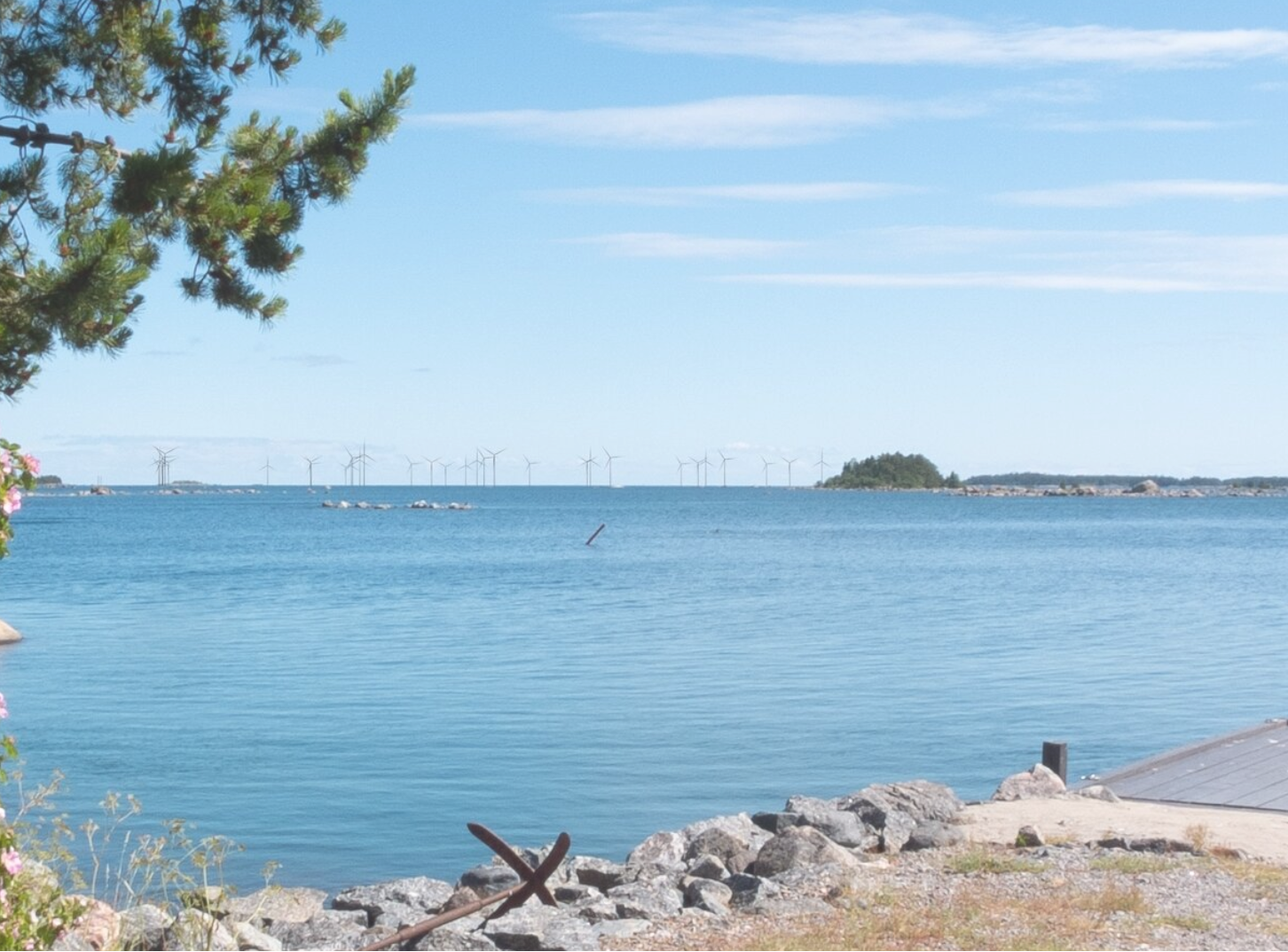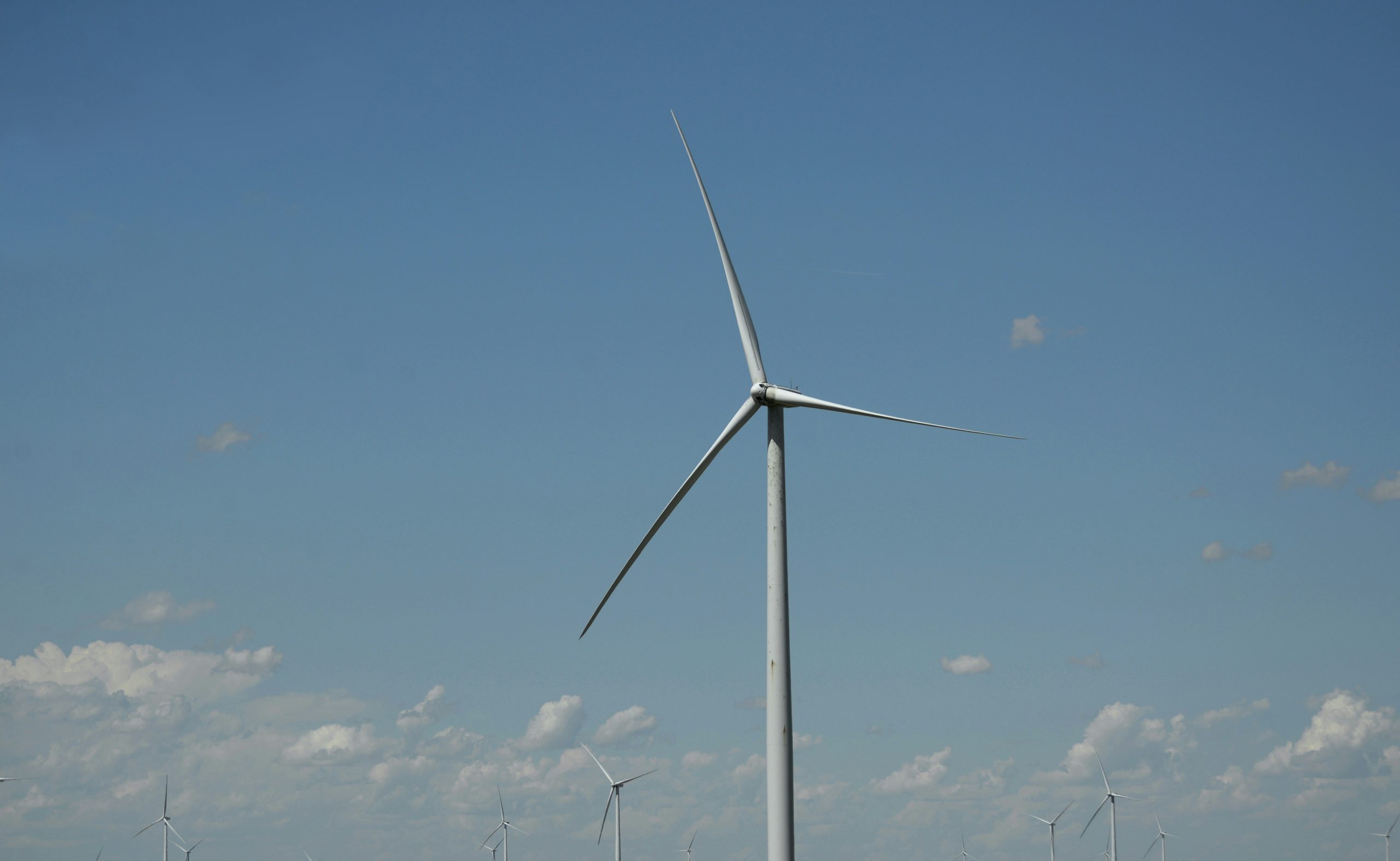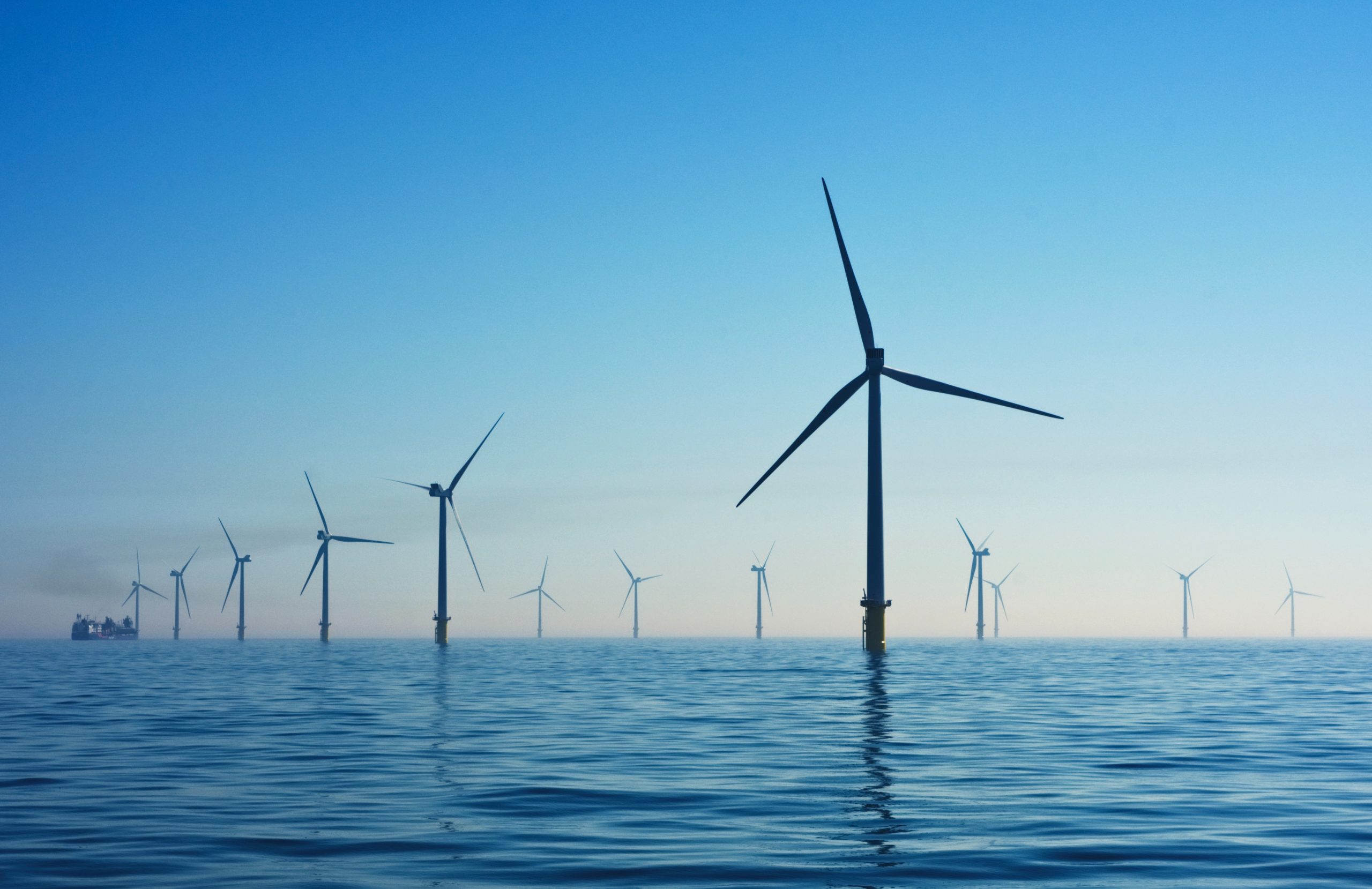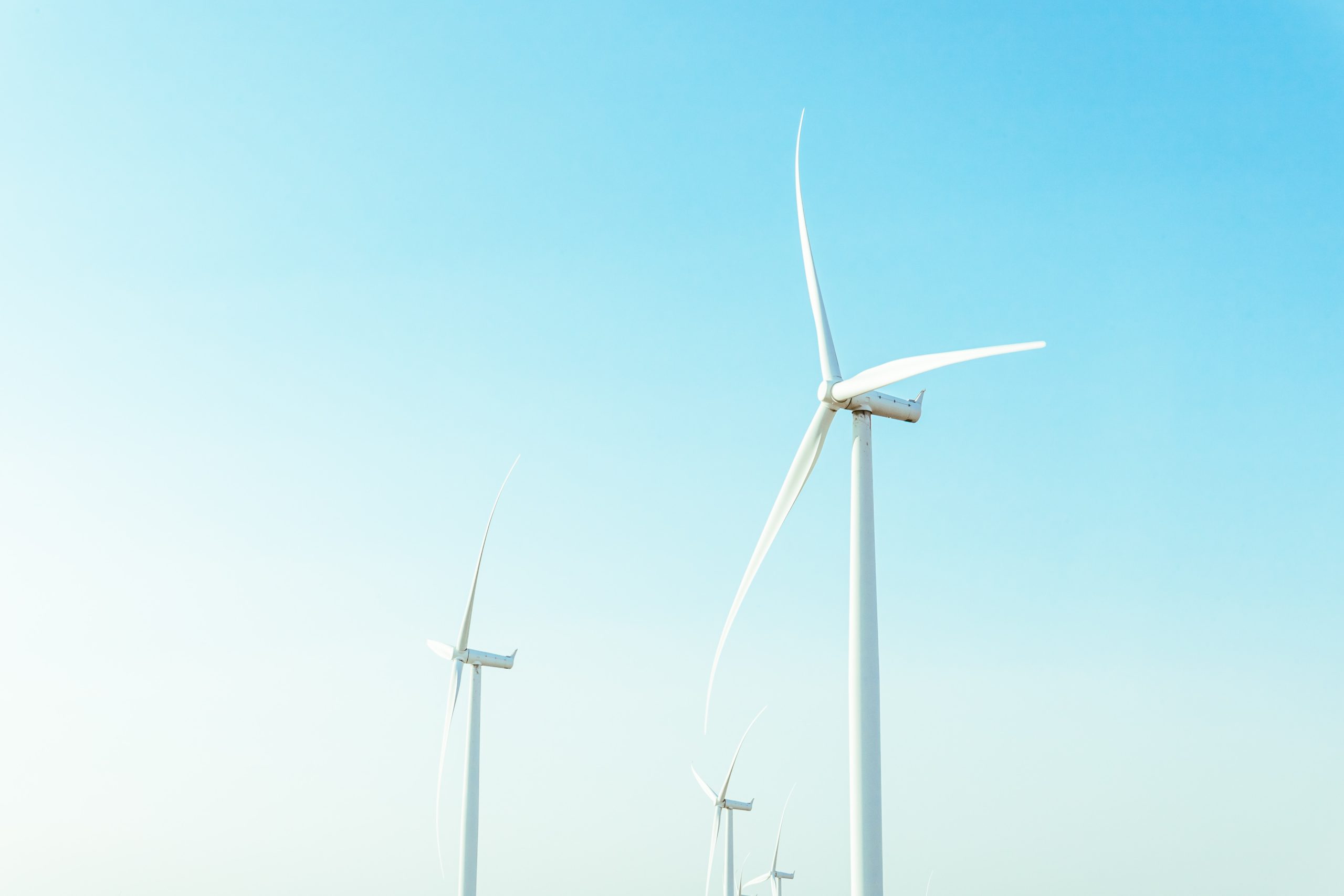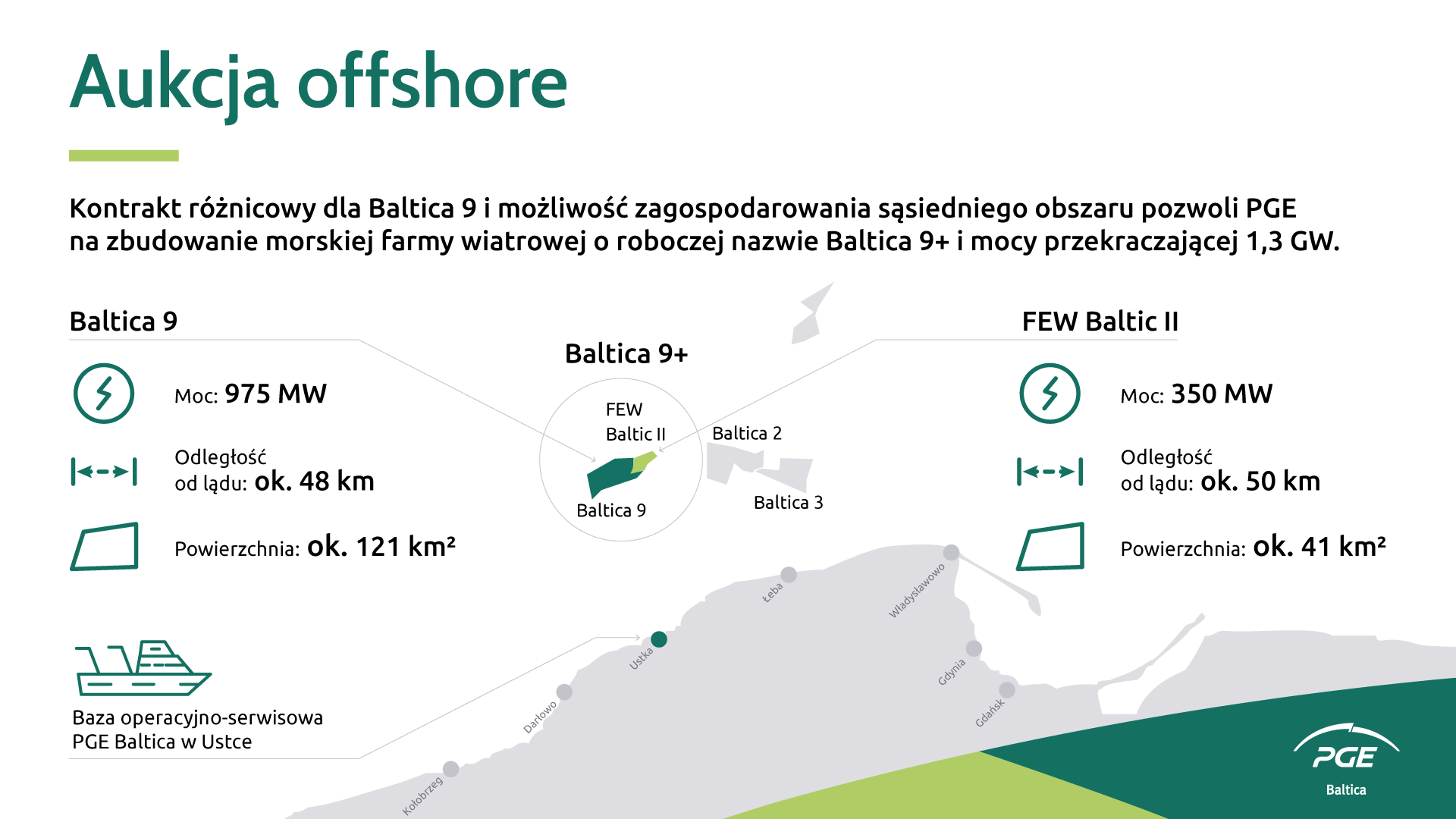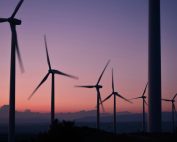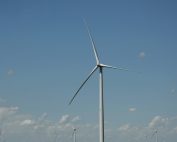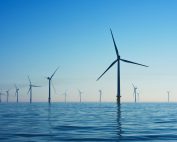Anders Sandin asked the editorial board of Gefle Dagblad questions about offshore wind energy in Sweden. “I think no one is against offshore wind energy, but many are against destroying the environment to save it,” he says. Svea Wind Offshore relates in response to the implementation of the Utposten 2 project.
In a letter to the editor, Sandin asks questions about the Utposten 2 project and issues such as wind blade recycling, security of energy supply in cold and windless days, project financing and environmental impact. The author of the letter argues that this type of infrastructure should be wholly owned by Sweden.
Maria Brolin and Mattias Wärn, founders of Svea Vind Offshore, responded to the questions in a press release. The Utposten 2 offshore wind farm could start delivering renewable electricity in just a few years. The investment, worth SEK 8-9 billion, will be located just 15 km from the mainland. The construction of up to 50 turbines up to a height of 250-300 m is planned. The investor is still waiting for the project evaluation by the Gävle city council, which is expected in autumn. Work on the farm has been carried out since 2016, and the first electricity may be supplied as early as 2025, provided that all the necessary permits are obtained. The offshore farm could increase the region’s renewable electricity supply by 2 TWh per year, which is 40 percent of the region’s current electricity consumption.

Photo: Svea Wind Offshore
Regarding the question of reliability of energy supply, the investor’s representatives inform that the energy-intensive industry of this region clearly demands the construction of offshore wind farms. Modern wind turbines supply electricity for about 90 percent of the year, and production is highest in winter, partly because there is more wind.
The author of the letter indicated that the planned wind energy means “destroying the environment in the name of saving it”. This claim is remarkable, says Svea Vind Offshore. The greatest threat to the environment, including the marine environment, is climate change. Therefore, fossil fuels that contribute to global warming must be replaced by clean energy. Fishing, birds and the rest of the marine environment are subject to stringent environmental requirements.
– We have invested tens of millions of euros in wildlife research conducted by independent experts. The environmental impact assessment in accordance with the environmental protection code has been submitted for approval – explains the company.
Wind turbines are 85-90 percent recyclable. For example, concrete foundations can be recycled, but keep in mind that they often serve as a haven for organic life that can, among other things, improve the health of local fisheries. Already today, turbine blades can be partially or completely recycled, and new technologies that facilitate recycling are constantly developed.
